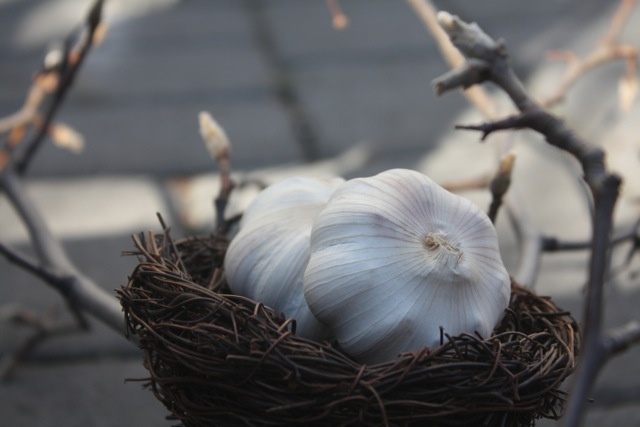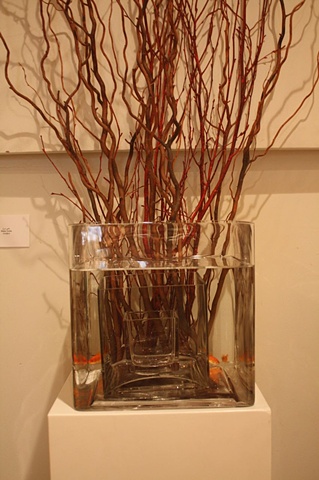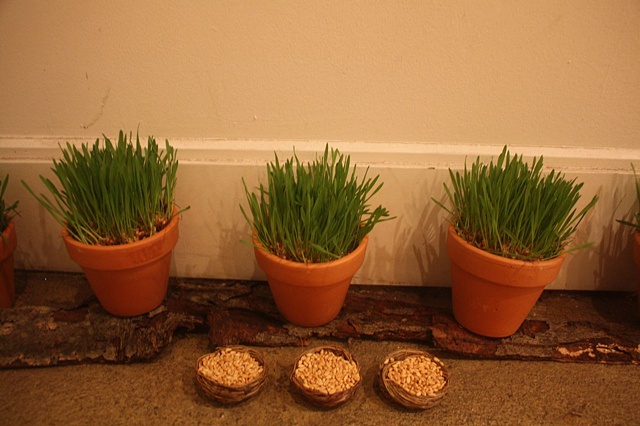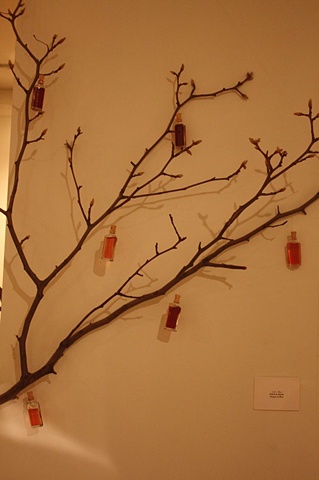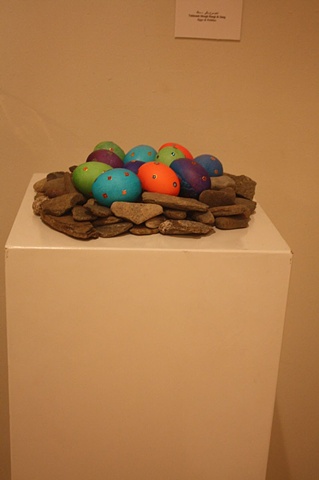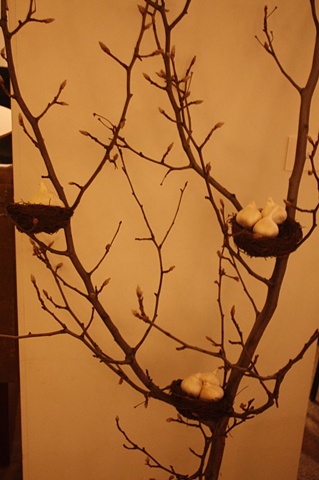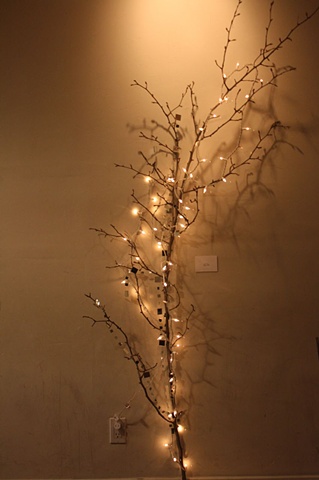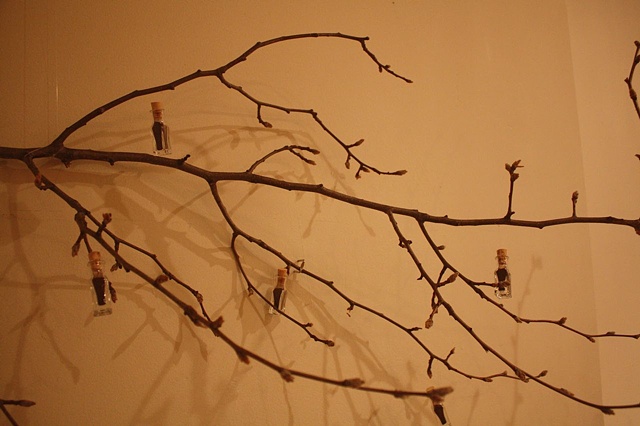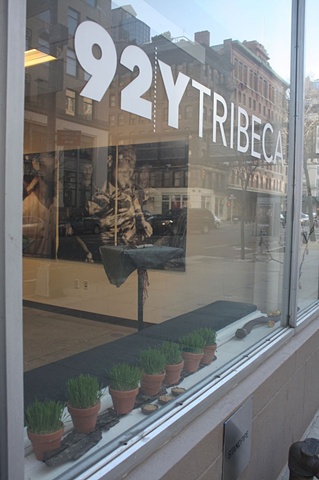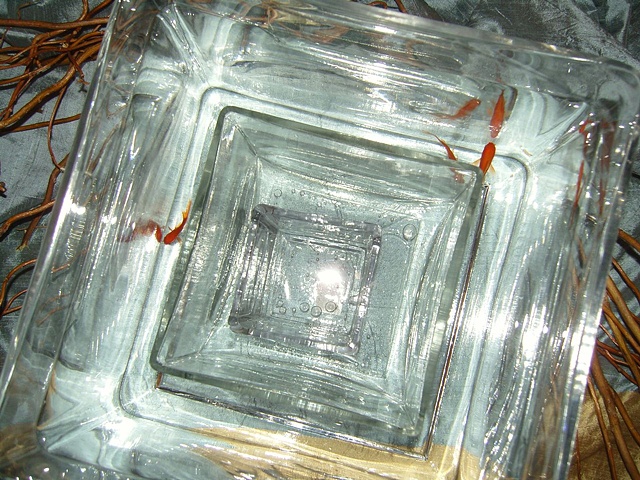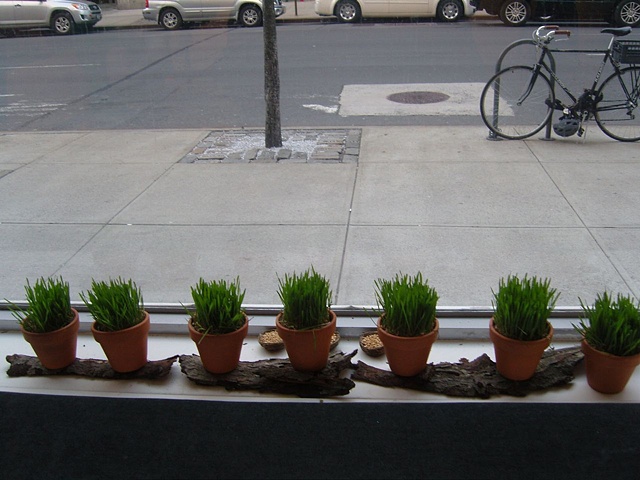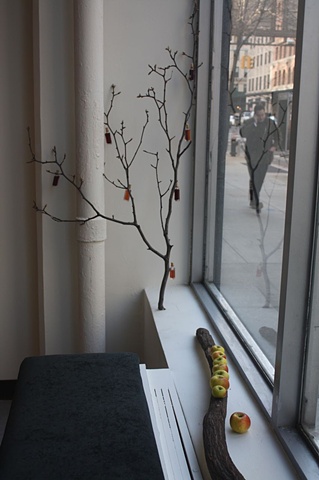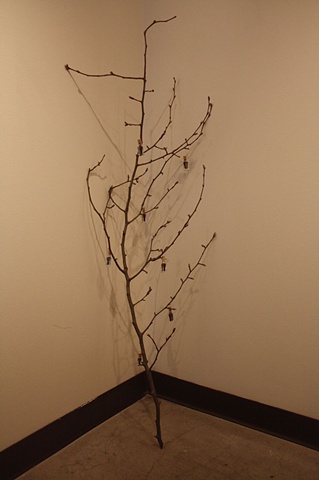haft sin
The Seven ‘S’s
As a little girl in Iran, the sight of soaking wheatgrass seeds made me smile. They spoke of the melting snow, the prolonged visits of daylight, the warm sun against my skin, the temperate breeze carrying the scents of spring.
Every year, I helped my mother set the Haft Sin by placing the fragrant hyacinths next to the sprouted wheatgrass, grown to the desired height in time for the spring equinox, Norooz, a new year, a new beginning.
Why a goldfish, I asked. "Life," said one. "Good luck and fortune," said another. And so it went, each item receiving explanations and guesses, as diverse as the next, leaving me to contemplate the true symbolism of Haft Sin.
Over the years I learned that the inner meaning was dependent on the version of Norooz one held true. The interpretation I’m drawn to most is the journey from the material realm to a higher consciousness, allowing us to reflect on our purpose, and to seek transcendence.
In this context, some of the Haft Sin pieces hold different symbolisms: Wheatgrass, eggs, and pebbles, originally symbolized the material world. Mirror, goldfish, and candle, represented the spiritual realm. Wine, which changed to vinegar after the Muslim conquest, signified the human world, linking the worlds of matter and spirit.
In my installation piece, I explore the interplay between the ancient and the modern interpretations, where eggs, for instance, represent both the material world and fertility.
Whether we see Norooz as an ancient tradition, nostalgia or a time for reflection, we are given an opening to blur the lines that divide us into class, creed and land–inevitably bringing us to a common ground: hope for new beginnings and transcendence.
